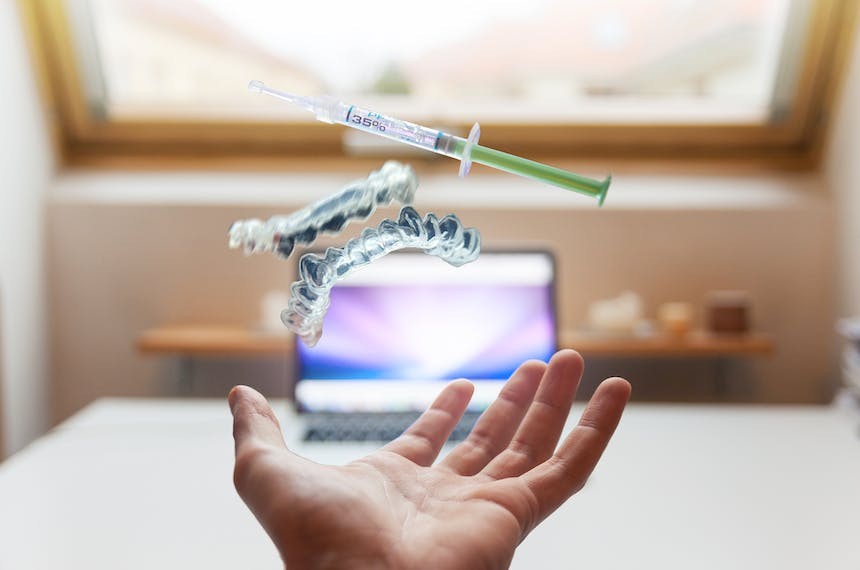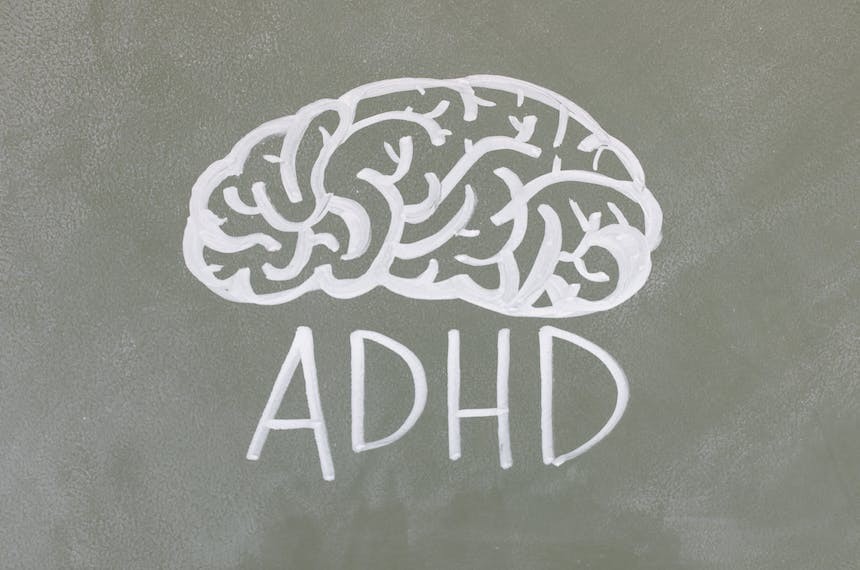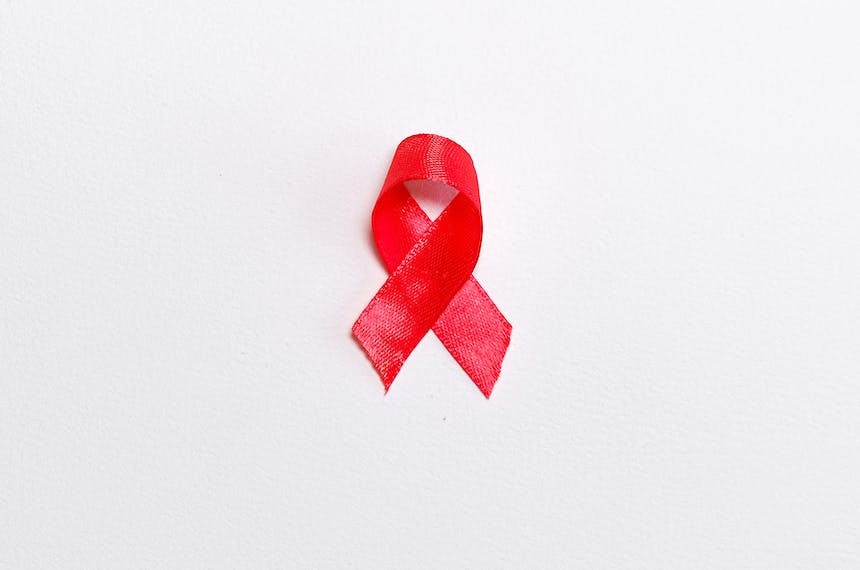
CNS Toxoplasmosis
Toxoplasmosis is a brain infection common in immunosuppressed individuals, caused by the parasite Toxoplasma gondii. Symptoms include fever, encephalitis, and eye problems. Treatment involves drugs like sulfadiazine, pyrimethamine, and leucovorin. Corticosteroids may be used for certain symptoms. Improvement is expected in most cases, and treatment lasts about six weeks, with the possibility of long-term therapy. Primary prevention with medication is recommended for some HIV patients.
Toxoplasmosis in Immunocompromised Patients
Toxoplasmosis is the most common central nervous system (CNS) infection in patients with the acquired immunodeficiency syndrome (AIDS) who are not receiving appropriate prophylaxis. This infection is caused by the intracellular protozoan parasite; Toxoplasma gondii. In immunosuppressed patients, including those on cancer management, AIDS patients, patients on long term glucocorticoid therapy, and/ or organ transplantation patients, the parasite can reactivate and cause the disease, usually when the CD4 count falls below 100 cells/microL. The organism could cause fever, encephalitis (manifests as headache, altered mental status, or focal neurological symptoms). Also, it could lead to pneumonitis, and chorioretinitis. (1, 2, 3)
Treatment of Toxoplasmosis
The treatment of toxoplasmosis includes antimicrobial therapy directed against Toxoplasma gondii, as well as antiretroviral therapy (ART) for immune recovery for those with HIV infection which has to be started 2 weeks after the start of antibiotic therapy for toxoplasmosis. Antimicrobial therapy targeted against Toxoplasma gondii involves an initial phase, followed by maintenance therapy to reduce the risk of recurrence. (4) The initial drug regimen is given orally and should be dosed as follows sulphadiazine (1000 mg four times daily among patients <60 kg or 1500 mg four times daily among patients ≥60 kg), pyrimethamine (200 mg loading dose followed by 50 mg daily among patients <60 kg or 75 mg daily among patients ≥60 kg), and leucovorin (10 to 25 mg daily). In severely ill patients who cannot take oral therapy, parenteral trimethoprim-sulfamethoxazole (TMP-SMX) (5mg/kg-25mg/kg) can be used for treatment of toxoplasmic encephalitis. (5) Alternative induction regimen for patients who cannot take sulfadiazine, include clindamycin (600 mg intravenously or orally four times a day) plus oral pyrimethamine (200 mg loading dose followed by 50 mg daily among patients <60 kg or 75 mg daily among patients ≥60 kg) plus oral leucovorin (10 to 25 mg daily). Alternatively, trimethoprim-sulfamethoxazole (TMP-SMX) (5 mg/kg - 25 mg/kg given orally or intravenously twice daily) could be considered. For patients who are unable to tolerate the above mentioned regimens, other alternatives have been used including atovaquone (1500 mg PO twice daily) plus pyrimethamine (200 mg loading dose followed by 50 mg daily among patients <60 kg or 75 mg daily among patients ≥60 kg) plus leucovorin (10 to 25 mg PO once daily). (6)
Managing Complications and Maintenance Therapy
Also, there are several therapies that can be administered to help manage the complications of toxoplasmosis. These include corticosteroids (dexamethasone 4mg twice daily) which should only be used for patients with mass effect related to focal brain lesions or brain oedema. (7) Approximately 75% of patients demonstrate clinical and radiological improvement. For patients who respond to treatment, the duration of initial therapy is typically six weeks. Lack of clinical and/or radiological improvement within 10 to 14 days of starting empiric therapy should raise the possibility of an alternative diagnosis and brain biopsy should be considered in such patients. (8) For maintenance therapy, a combination of sulfadiazine (1000mg twice daily for individuals <60 kg, and 1500 mg twice daily for individuals ≥60 kg), pyrimethamine (25- 50 mg daily) and leucovorin (10- 25 mg daily) are used for at least 6months or till CD4 >200. Other alternative oral regimens include clindamycin (600mg three times daily), pyrimethamine (25- 50 mg daily) and leucovorin (10- 25 mg daily), or atovaquone (750mg twice daily), (25- 50 mg daily) and leucovorin (10- 25 mg daily). (9)
Primary Prophylaxis for HIV Patients
Primary prophylaxis is indicated for patients with HIV and CD4 counts <100 cells/microL who are Toxoplasma gondii IgG-positive. Primary prophylaxis is usually with TMP-SMX double strength (DS) tablet (800 mg/160 mg) per day. And, patients could discontinue primary prophylaxis if their HIV viral load is suppressed and their CD4 count is >200 cells/microL for at least three months. (10)
References
1-Lyons, RE, McLeod, R, Roberts, CW. Toxoplasma gondii tachyzoite-bradyzoite interconversion. Trends Parasitol. 2002;18(5):198–201.
2-Luft, BJ, Hafner, R, Korzun, AH et al. Toxoplasmic encephalitis in patients with the acquired immunodeficiency syndrome. Members of the ACTG 077p/ANRS 009 Study Team. N Engl J Med. 1993;329(14):995–1000.
3-Tan, IL, Smith, BR, von Geldern, G, Mateen, FJ, McArthur, JC. HIV-associated opportunistic infections of the CNS. Lancet Neurol. 2012;11(7):605–617.
4-Miro, J, Murray, H. Toxoplasmosis. In: Dolin, R, Masur, H, Saag, M, eds. AIDS Therapy. 3rd ed. Philadelphia, PA: Churchill Livingstone; 2008;659– 681.
5- Panel on Opportunistic Infections in HIV-Infected Adults and Adolescents. Guidelines for the prevention and treatment of opportunistic infections in HIV-infected adults and adolescents: Recommendations from the Centers for Disease Control and Prevention, the National Institutes of Health, and the HIV Medicine Association of the Infectious Diseases Society of America. http://aidsinfo.nih.gov/contentfiles/ lvguidelines/adult_oi.pdf
6- Portegies, P, Solod, L, Cinque, P et al. Guidelines for the diagnosis and management of neurological complications of HIV infection. Eur J Neurol. 2004;11(5):297–304.
7- Montoya JG, Remington JS. Toxoplasma gondii. In: Principles and Practice of Infectious Diseases, 5th Edition, Mandell GL, Bennett JE, Dolin R (Eds), Churchill Livingstone, Philadelphia 2000. p.2858.
8- European AIDS Clinical Society . Guidelines. Version 9.1 . 2018:
http://www. eacsociety.org/files/ 2018_guidelines-9.1-english.pdf.
9- Dannemann, B, McCutchan, JA, Israelski, D et al. Treatment of toxoplasmic encephalitis in patients with AIDS: a randomized trial comparing pyrimethamine plus clindamycin to pyrimethamine plus sulfadiazine. Ann Intern Med. 1992;116(1):33–43.
10-Furrer H, Opravil M, Bernasconi E, et al. Stopping primary prophylaxis in HIV-1-infected patients at high risk of toxoplasma encephalitis. Swiss HIV Cohort Study. Lancet 2000; 355:2217.





